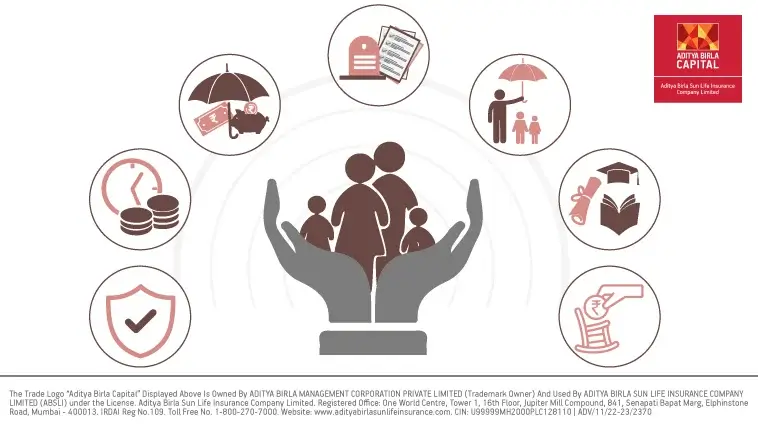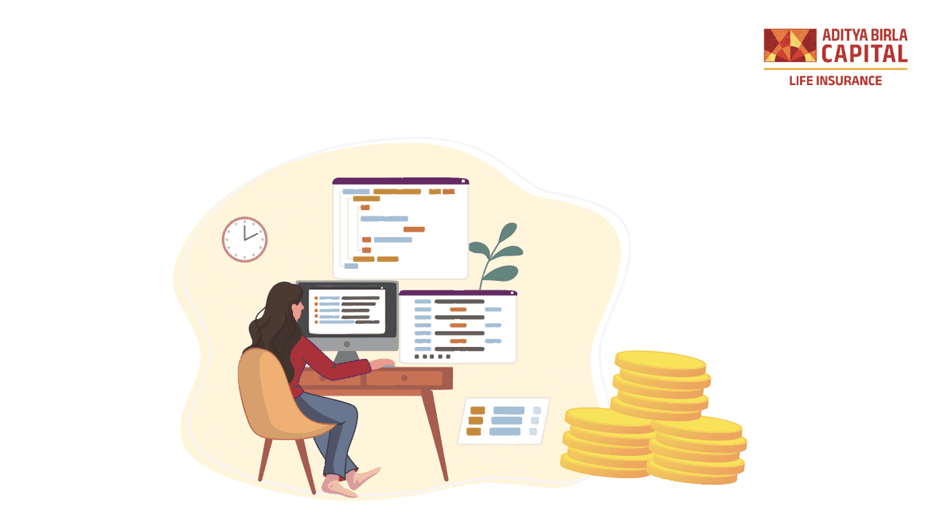The good thing about this is that you know the rate of tax upfront. However, you don’t really know the exact amount of returns you’re going to earn from these investments, particularly if they are market-linked.
What Should You Do Before Investing In These Options?
The end goal is to make sure that your net returns are favorable. And since your net returns would be the difference between the actual returns and the taxes paid, you need to make sure that your taxes don’t eat up most of your returns.
A conservative estimate can help you get a better idea of your net returns in this case. For instance, say you wish to invest in equity funds. Take a rational estimate of the possible returns that your equity investments may offer, and subtract the taxes from those gains to estimate your net returns from your equity funds. Compare this with the returns from any other option you may be considering, and choose the one that gives the higher net returns.
Investments Taxed As Per Your Income Slab
There are some investments whose returns are taxed at the income tax slab rate applicable to you. Here’s a list of some such investments/returns.
- Short-term capital gains from debt funds
- Short-term capital gains from hybrid debt-oriented funds
- Interest from fixed deposits
- Interest from recurring deposits
- Annuity payouts from pension plans
- Interest from tax-saver FDs
- Interest from National Savings Certificate (NSC)
In case you are salaried, you will be well aware of your annual income, so you can estimate the slab rate fairly. But if you're self-employed, you may not know the rate at which your gains may be taxed. Additionally, the amount of gains may also be undefined in the case of market-linked funds. So, there's a lot of ambiguity in investments that are taxed at your slab rate.
For instance, suppose that you have Rs. 10 lakh to invest. And say there are 2 investment options: A and B.
- Investment A offers returns at the rate of 5%, and these returns are taxed at a flat rate of 10%.
- Investment B offers returns at the rate of 6%, but these returns are taxed at your slab rate.
Scenario 1: You choose option A
| Return from investment B
| Tax rate as per slab
| Tax amount
| Net returns
(Returns - tax)
|
| Rs. 60,000
(Rs. 10 lakh x 6%)
| 10%
| Rs. 6,000
(10% of Rs. 60,000)
| Rs. 54,000
(Rs. 60,000 - Rs. 6,000)
|
| Rs. 60,000
(Rs. 10 lakh x 6%)
| 20%
| Rs. 12,000
(20% of Rs. 60,000)
| Rs. 48,000
(Rs. 60,000 - Rs. 12,000)
|
| Rs. 60,000
(Rs. 10 lakh x 6%)
| 30%
| Rs. 18,000
(30% of Rs. 60,000)
| Rs. 42,000
(Rs. 60,000 - Rs. 18,000)
|
So, you see how initially, the returns from option B are higher than those from option A? But the net returns from optio B fall as the tax slab rises? This is why you need to choose the investment optionf that is tax-efficient, overall.
Investments That Are Tax-free
This may perhaps be the best category of investments for taxpayers who fall in the highest tax slab. With tax exemption on the returns earned, these investments give you net returns that are equal to the actual returns. And fortunately, there are tax-free investment options in India that you can take advantage of.
Here’s an illustrative list.
- Public Provident Fund (PPF)
- Unit Linked Investment Plan (ULIP)
- National Pension Scheme
- Life insurance payouts
Life insurance, as you can see, gives you tax-free payouts at the time of maturity, as per section 10(10D)3 of the Income Tax Act, 1961. The death benefits are also exempt from tax. In the case of ULIPs, Budget 2021 introduced a new provision that modified the tax exemption offered by these plans. According to this new provision, you can continue to enjoy tax exemption under Section 10(10D)3 for ULIP proceeds, as long as the annual premium does not exceed Rs. 2.5 lakh.
So, life insurance in general not only gives your family financial protection, but also gives you tax-free returns/payouts. By investing in a term plan like the ABSLI Life Shield Plan or the ABSLI DigiShield Plan, you can enjoy a life cover coupled with tax benefits**.
Last Words
Essentially, before you put your money in a scheme or an investment, ensure that you pay attention to the taxes it comes with. That way, you will be well-equipped to plan your finances smartly, and ensure that your overall gains are maximized.










